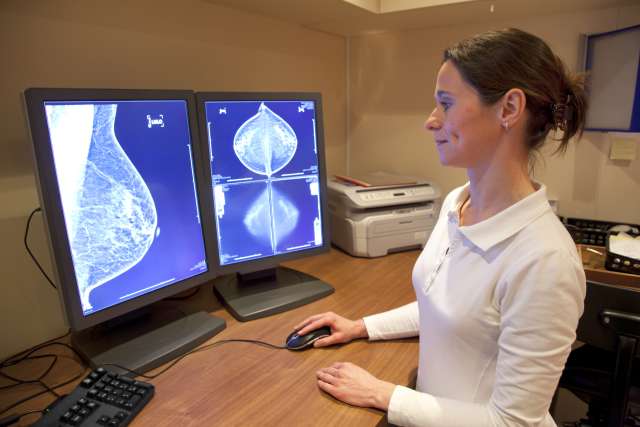Patients of all ages experience health care-related anxiety, but for children, going to the hospital can be especially stressful.
At UCLA Mattel Children's Hospital, medical play is one method of combating these fears.
Kelli Carroll, director of the hospital's Chase Child Life Program, says medical play helps pediatric patients become familiar with what they see in the hospital. Tools such as Fisher-Price's Medical Kit, for example, can help demystify their environment and help them feel safe.
"For kids who've had experiences with medical equipment that has caused them pain, like a shot or a vaccine, play helps give them control," Carroll says. "It allows them to be the ones in power; it takes some of the mystery out of it. The tools are no longer as scary, because the kids have been able to handle them."
Medical play doesn't end with medical toys. The Child Life Program factors in a patient’s age and specific needs when selecting a toy to help during treatment.

Brave Barbie
One such toy is Mattel’s Brave Barbie, a doll with no hair whose accessories can include wigs and clothes. The doll is often given to patients who have cancer or alopecia, an autoimmune condition that causes hair loss.
"Brave Barbie comes with a lot of different outfits, and I think that's important — just because you don't have hair doesn't mean that you can't still wear comfy or trendy clothes," Carroll says. "They made Brave Barbie not only a patient dealing with a chronic illness, they also made her stylish, and she's able to have choices that kids still get to have even though they're dealing with cancer."
Brave Barbie can help oncology patients in long-term care feel empowered, even in a strange and stressful environment.
"There's nothing normal about being 6, or 3, or 8, and being diagnosed with cancer. It turns your world upside down. So when you have a toy like the Brave Barbie that looks like you, that you can connect and identify with, it helps you feel a little more normal," Carroll says.

"When our kids get the Brave Barbie, they say, 'She looks just like me.' And what an empowering thing to have in your hands."
But toys such as Brave Barbie aren't just important for patients — they can help entire families.
"When a child has cancer, or any chronic illness, the whole family is dealing with it. Their brothers and sisters have to adjust and change their life as well," Carroll says. "So having tools like Brave Barbie to normalize the process is just as important for typically developing siblings as it is for a patient."
Other toys used in medical play include animals, building blocks and games. Card games such as UNO can be incredibly helpful for long-term development, Carroll says.
"UNO is a simple card game, but it teaches sequencing, it teaches numbers, it teaches colors, it teaches fairness, it teaches how to take a turn, it teaches how to play with a group or with another kid," she says.
UCLA-Mattel partnership
As part of its partnership with UCLA, Mattel regularly provides new toys and resources for the Child Life Program, so patients are continually stimulated during long-term care.

"When you're a kid, you're supposed to explore and ask questions and enjoy the world around you — and you do that through play. Kids with chronic illnesses who have to spend time in the hospital are no different," Carroll says.
"They should be able to explore the world around them, to play, to experience the same kinds of things that kids who are typically developing outside of the hospital do,” she says. “That's what we do in Child Life, and we need those tools to do that."
The hospital is in the process of building a new playroom in collaboration with Mattel, the Teammates for Kids Foundation and the Chase Foundation. The playroom is set to open in October. Per COVID-19 safety protocol, patients will be able to visit the playroom one at a time or take part in Child Life's virtual playroom.
Sophie Govert is the author of this article.



